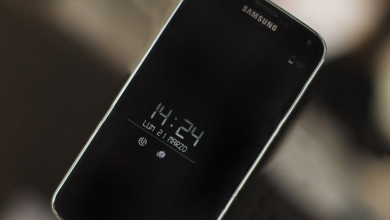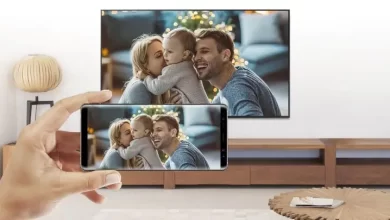How to Transfer Photos between Android Devices Without Losing Timestamps
If you like to keep your photos organized by the date they were taken, you may encounter an annoying issue regarding dates. Specifically, the timestamps on your photos will in many cases be “updated” to the current date when you transfer the photos from your Android phone to your PC over MTP connection, and then from your PC to a different Android phone.
This typically happens because Windows will update the “Date Modified” tag on the photos (the day you transferred them to your PC), and many Android gallery apps will interpret this tag, instead of the correct EXIF data (Date Taken). Thus resulting in your pictures being displayed out of order.
There are a few ways to approach this, which we will list below.
Option 1: Zipping Your Photos Before Transfer
- You will need an Android file explorer that is capable of creating archives / .zip folders. We recommend MiXplorer with the MiX Archive plug-in enabled. Other file explorers may have similar functionality, but MiXplorer is generally the best overall file explorer for Android devices, so its just worth having regardless of your purpose.
- In any case, after installing MiXplorer and the MiX Archive plug-in, you need to long-press on the folder that contains all of your photos, then choose to archive it into a .zip file.
- Now transfer this .zip file to your PC, and then transfer it to your other Android device.
- Install MiXplorer and MiX Archive on the new Android device, and un-zip the folder.
All of your photos should be intact, because Windows will not have updated their “Date Modified” tag while they were inside an archive folder. Please note this may not work perfectly, some users report that a few images or videos (but not all) are still affected even during this method.
Option 2: Total Commander
This method will require a rooted Android device.
- Download the Total Commander app for Android, and the Total Commander LAN plug-in.
- Connect your Android device and PC to the same network, either via WiFi or USB tethering.
- Launch Total Commander and tap the LAN button, then add the static IP of your Windows PC.
- This will create a “Backup” folder for Total Commander on your PC – you need to initiate a transfer of all your photos from your Android phone to this folder through the Total Commander app. Do not drag/drop using file explorer!
- Afterwards, you can then initiate a “pull” on another Android device with Total Commander, to transfer all the photo files from the Backup folder on your PC to the new Android device.
Option 3: FTP Server + GoodSync
- Download an FTP server onto your Android phone (such as with FTP Server app).
- Install GoodSync on your PC.
- Launch the FTP server on your Android phone.
- Launch the GoodSync software on your PC, and add the phone’s photo directories.
- Pull the photos from your phone through the GoodSync app while FTP server is running on your Android device, over a WiFi connection.
- Now you can do the opposite procedure on your other Android device.
Final Notes
It’s worth mentioning that you will typically never encounter this issue if you sync your photos to an online storage cloud, such as Google Photos. However we understand that syncing is not always possible, especially on limited data plans.
Another obvious solution you might be thinking is why not just use a gallery app that correctly sorts by EXIF data? Unfortunately, there are practically none! This has been asked many times on various Android forums. Of all the gallery apps available for Android, there is only one known that seems to consistently read a photos meta-data, and is capable of sorting by meta-data tags (such as Date Taken). It is Piktures, available on Google Play.





